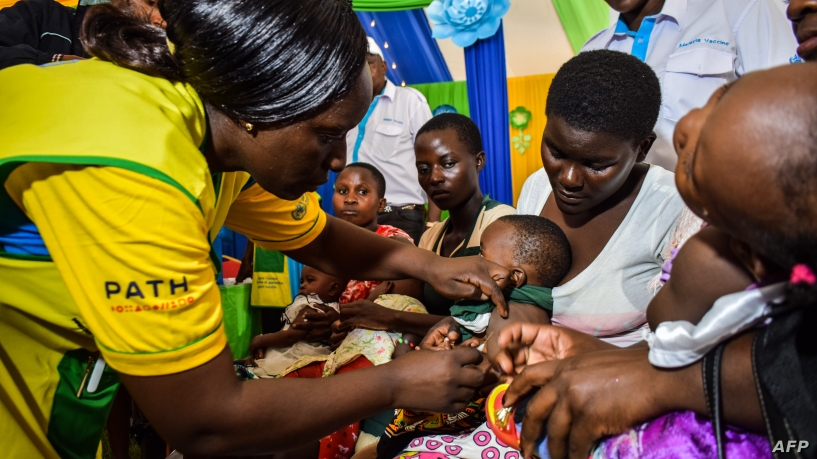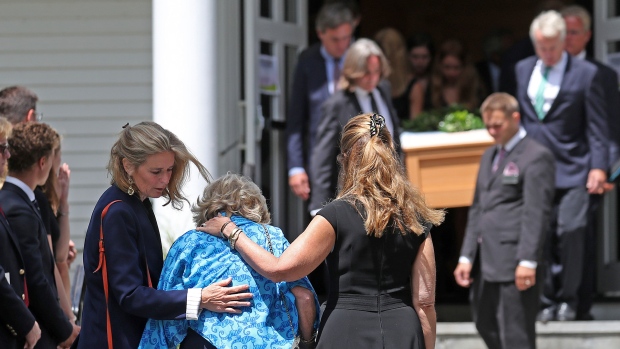Activist involved in anti-government protests in Hong Kong has been shot by police during a clash

The shooting of a student protester by the police threatens to further inflame a protest movement that paralyzed the city on Tuesday with bouts of violence.
Raw anger was building in Hong Kong on Wednesday over the shooting of a teenage demonstrator a day earlier, the first such incident since demonstrations opposing the government began in the territory nearly four months ago.
The shooting of the teenager came on a day of intense clashes across Hong Kong between protesters and the police, and hours after China’s top leader, Xi Jinping, presided over a carefully choreographed military parade in Beijing to celebrate 70 years of Communist rule.
The question now is whether the shooting will further incite a protest movement that was already seething with grievances, and which has been driven by young people who see the city’s pro-Beijing leaders as illegitimate.
In an early sign of anger over the shooting, a Wednesday morning meeting between administrators at the teenager’s high school and more than 100 of its alumni quickly devolved into a bitter confrontation. Many of the former students cried, shouted questions and asked why the administrators had not condemned the police officer who shot the student.
“Can you see how many people are crying here?” one woman pleaded.
But others suggested the school take action against the student for his conduct in the protests, including Leung Chun-ying, Hong Kong’s former chief executive.
In a video circulating online that appears to show the shooting, the protester is first seen joining a mob of black-clad people who chase a riot officer and tackle him to the ground. They kick him and beat him with what appear to be pipes.
A few seconds later, the protester approaches a second police officer who is nearby with a handgun drawn. Just after the protester hits the officer with the pole, the officer fires at the man at point-blank range.
Hours after the shooting, the Hong Kong police commissioner, Stephen Lo, said the officer who shot the protester had acted in a “legal and reasonable” manner, having given a verbal warning before opening fire.
The officer had been assaulted at close quarters, Mr. Lo said, and had no other choice but to shoot. “The range was not determined by the police officer, but by the perpetrator,” he said.
But the Hong Kong Public Doctors’ Association, which represents doctors working in public hospitals and medical departments at the University of Hong Kong, condemned the officer on Tuesday for not using a less powerful weapon, such as a rifle that shoots beanbag rounds, to subdue the protester.
In a statement on Wednesday morning, the protester’s high school, Tsuen Wan Public Ho Chuen Yiu Memorial College, said that faculty members and the student body “all feel very sad and worried” about the shooting. The school’s administration had opened a crisis management unit that includes psychologists and social workers to help students cope, the statement said.
Mr. Lo, the police commissioner, told reporters at an overnight news conference that the police had arrested the protester who was shot, but that the force would decide later whether to press charges. At the meeting with the alumni on Wednesday, the school’s principal and vice principal said that the student would not be punished and would keep his place in the school.
The principal, Tse Yun Ming, lowered his gaze as he absorbed an onslaught of criticism from the former students.
But Mr. Leung, the city’s former chief executive, criticized the student’s conduct. “Could you not directly denounce his wrongdoing,” he asked in a Facebook post, suggesting that before being shot the student “surrounded and beat the police on the streets in full gear along with other rioters.”
Sit-in protests were expected Wednesday afternoon in at least seven Hong Kong districts, including in Tsuen Wan, where the shooting occurred. Tsuen Wan is a working-class district miles from the gleaming skyscrapers of the city’s financial district.
Source: nytimes.com







